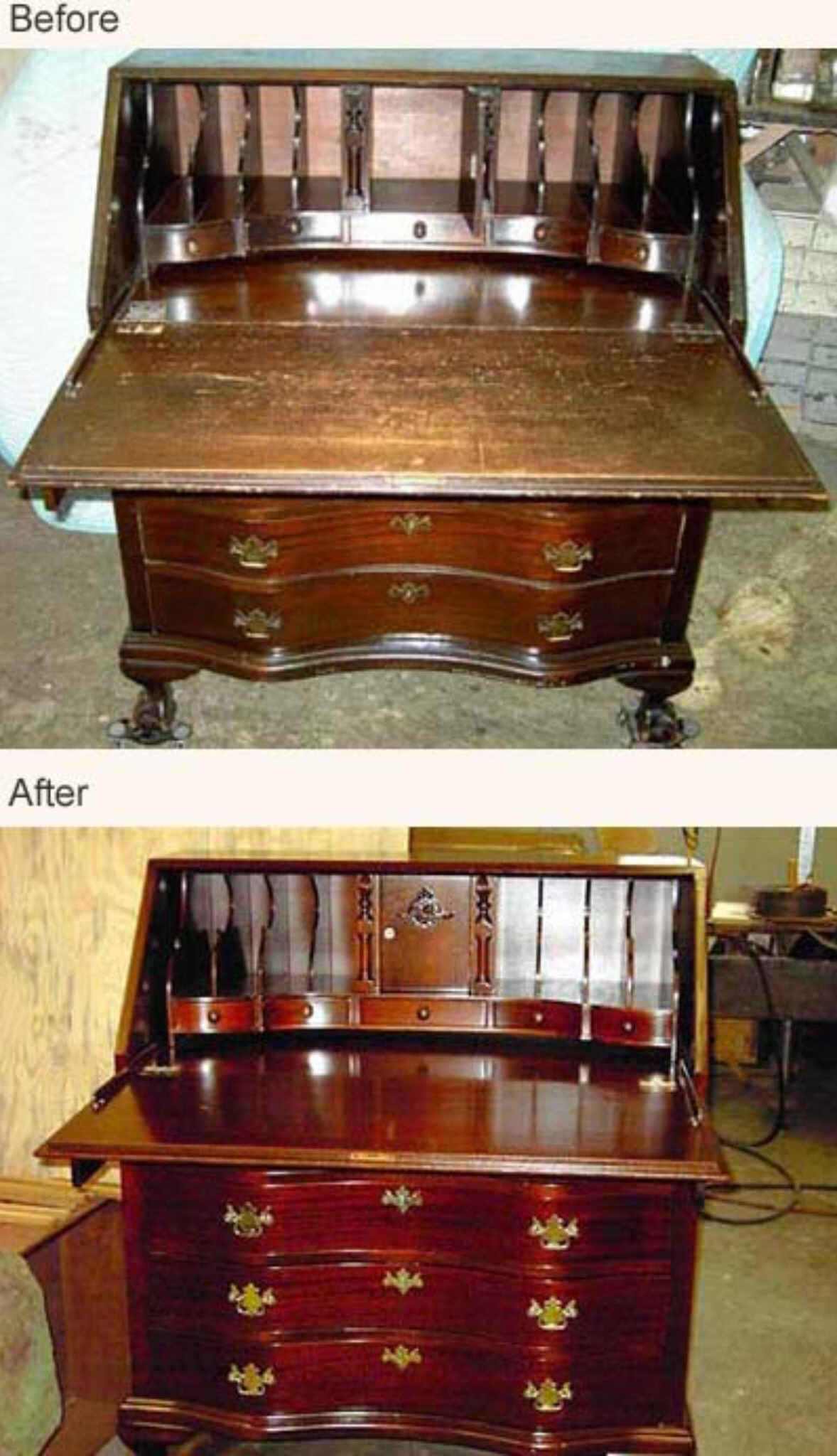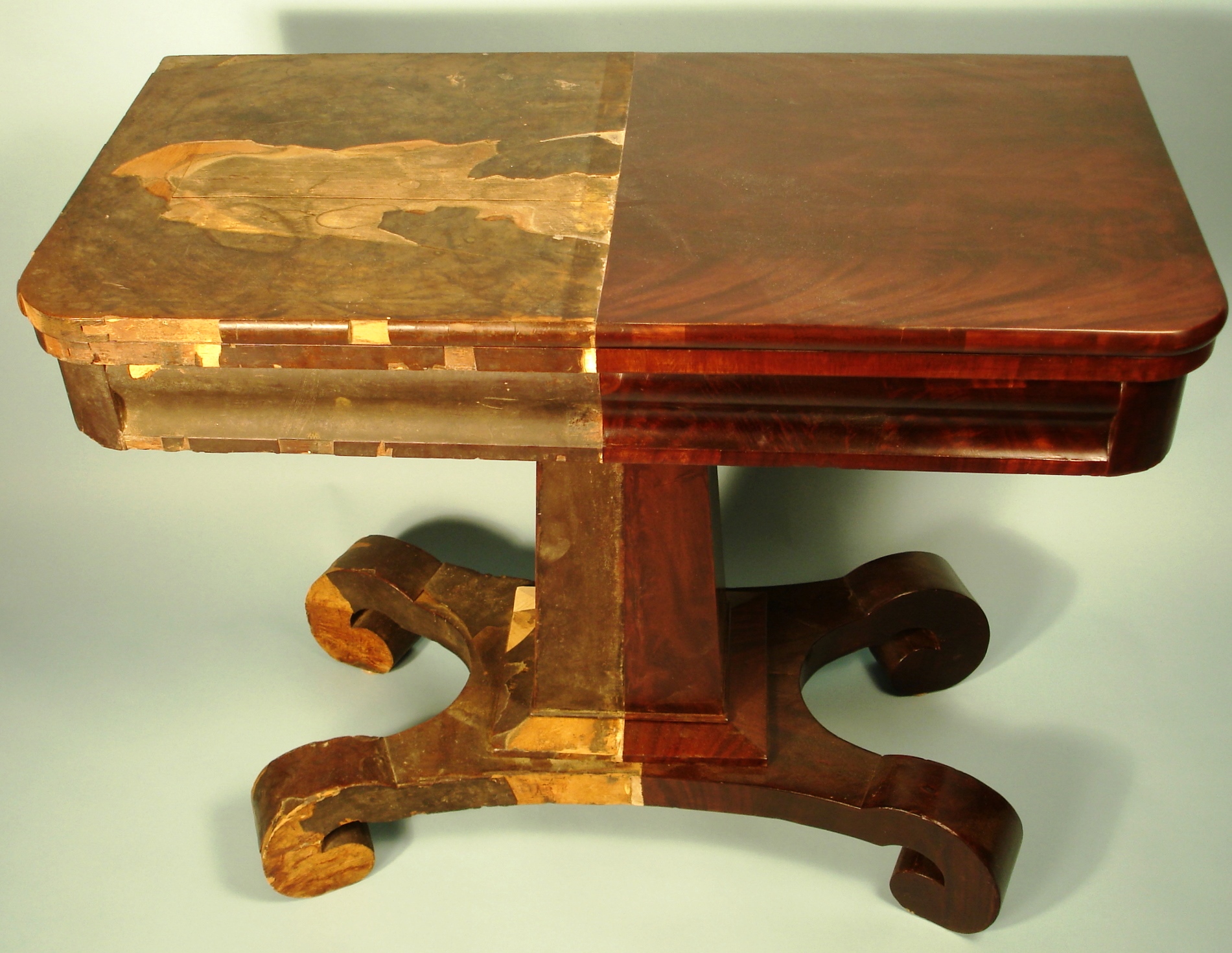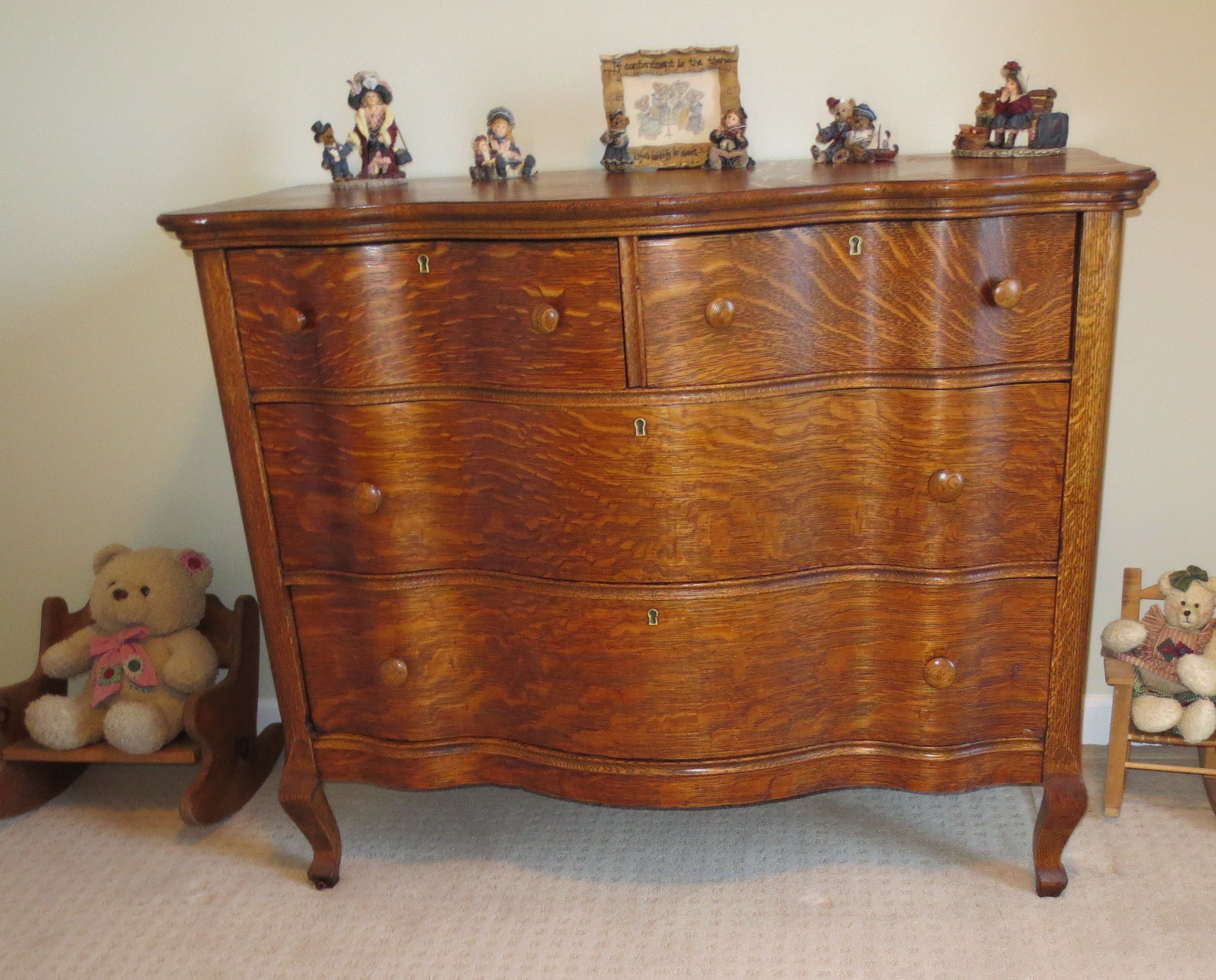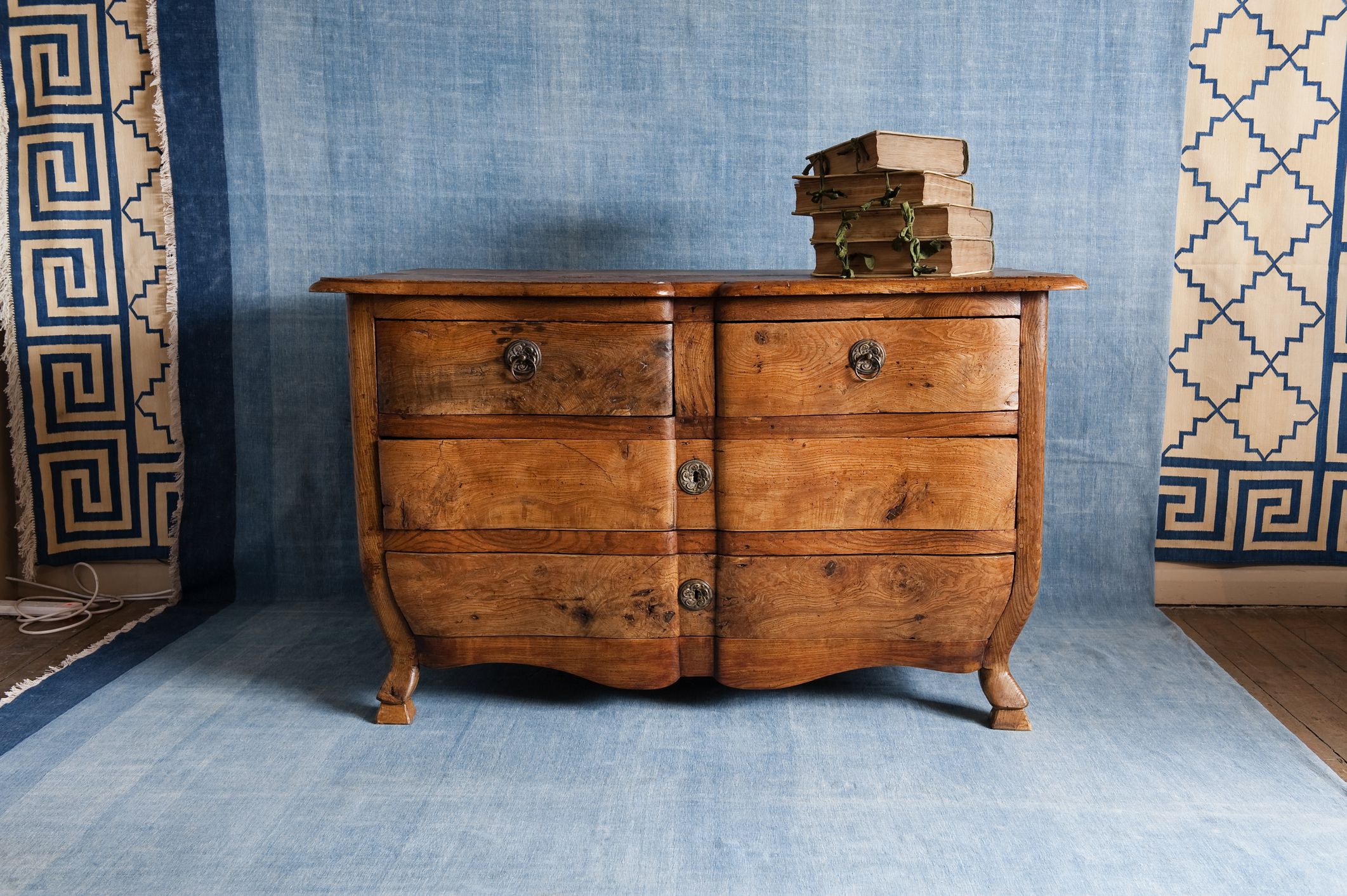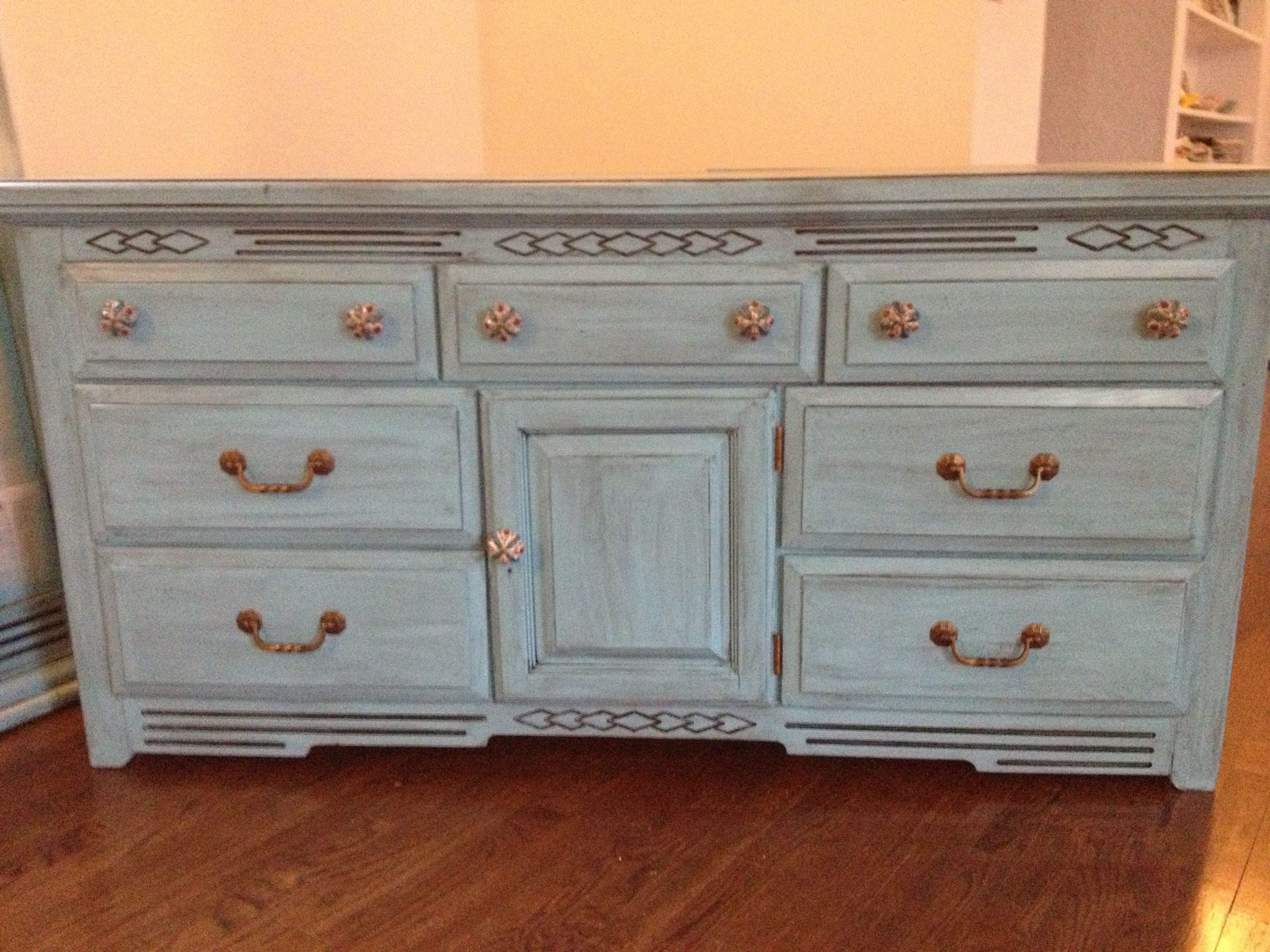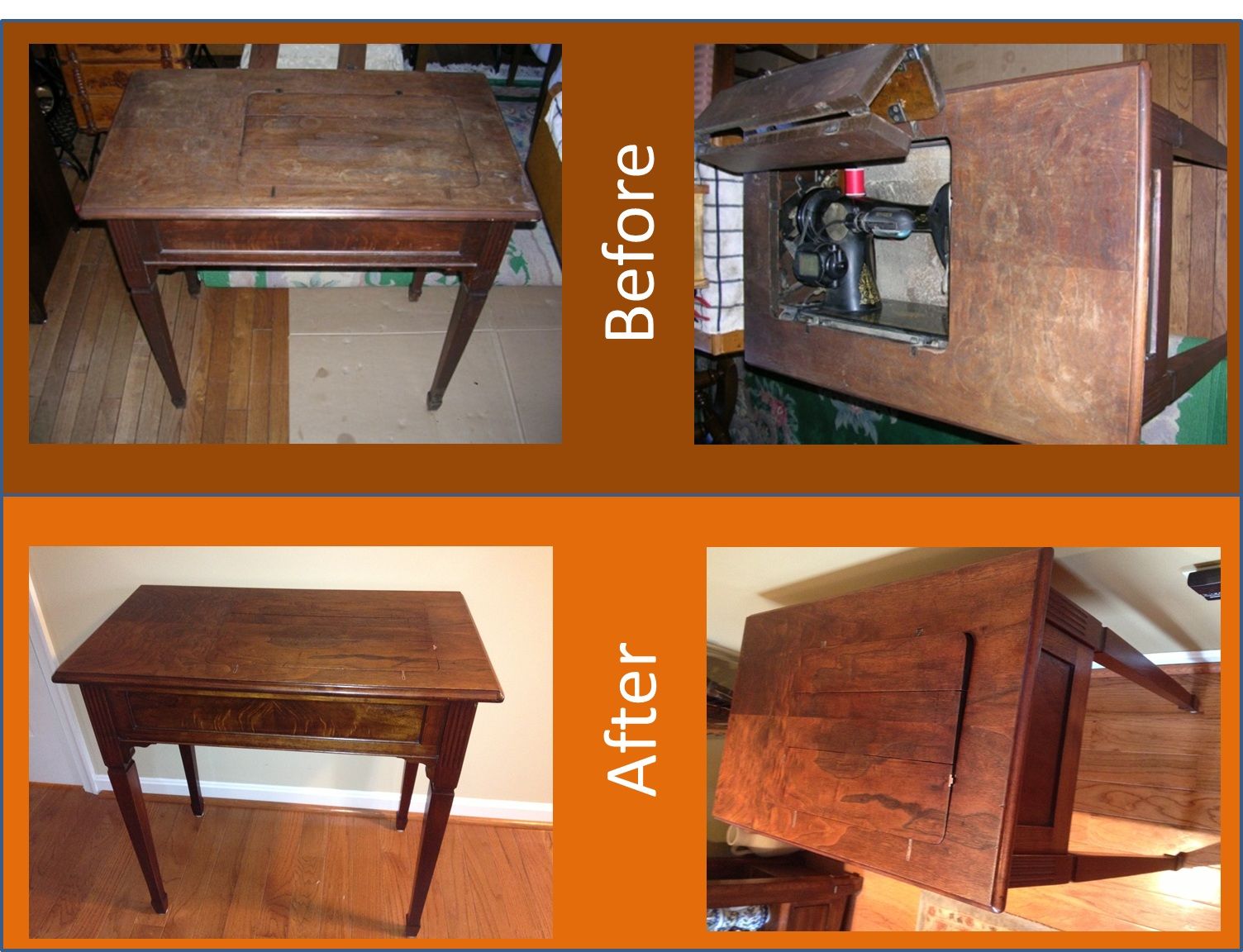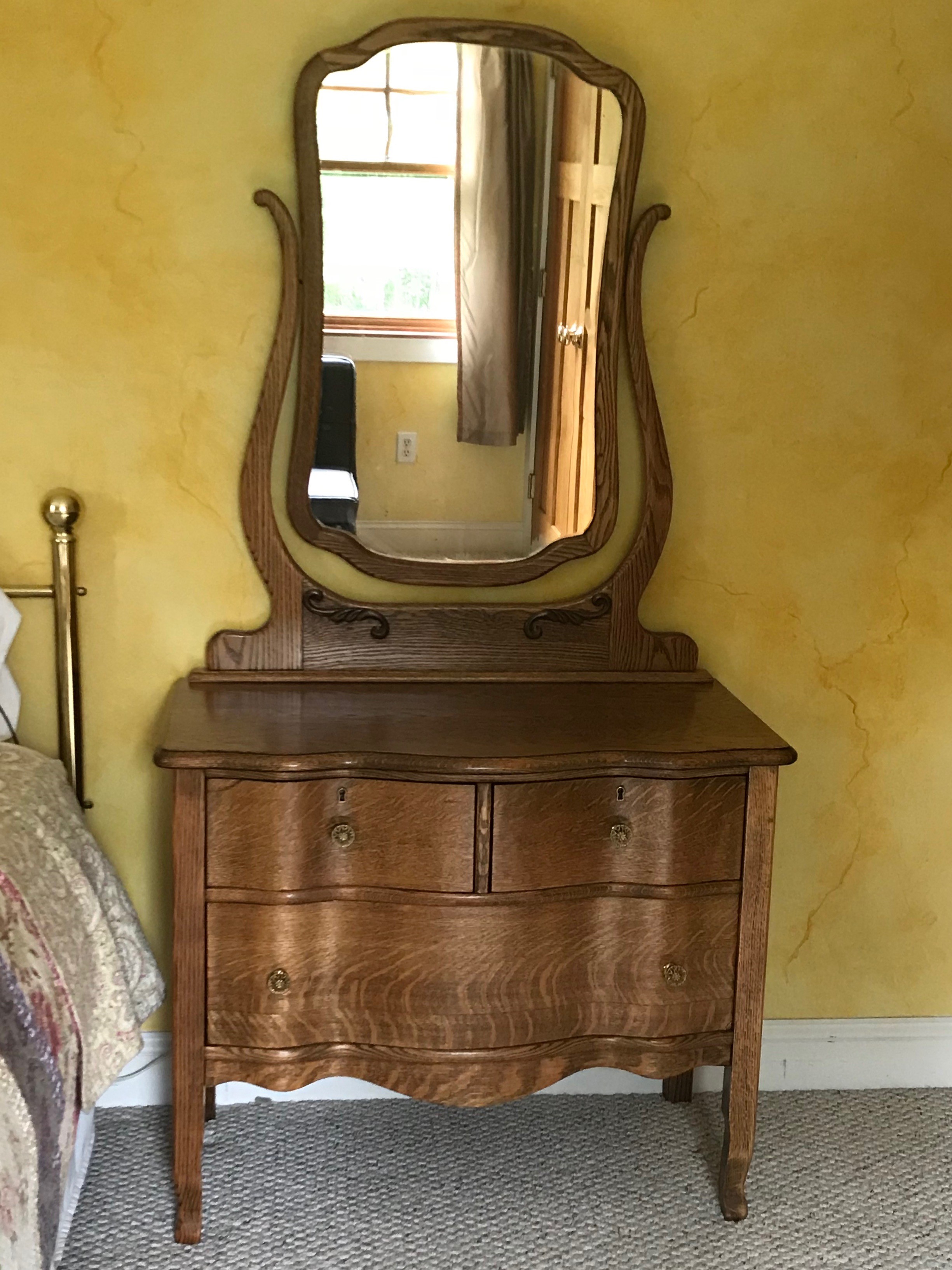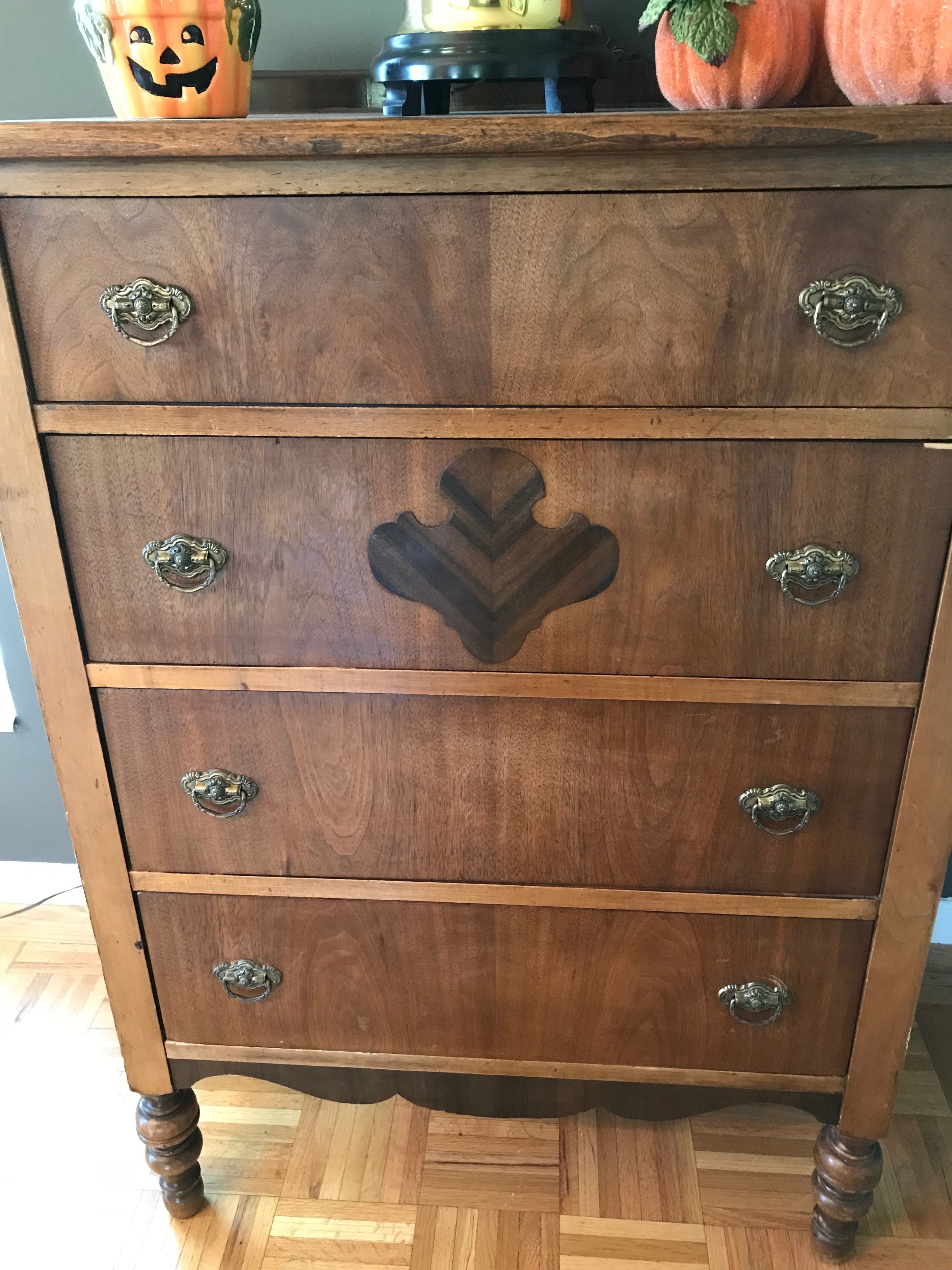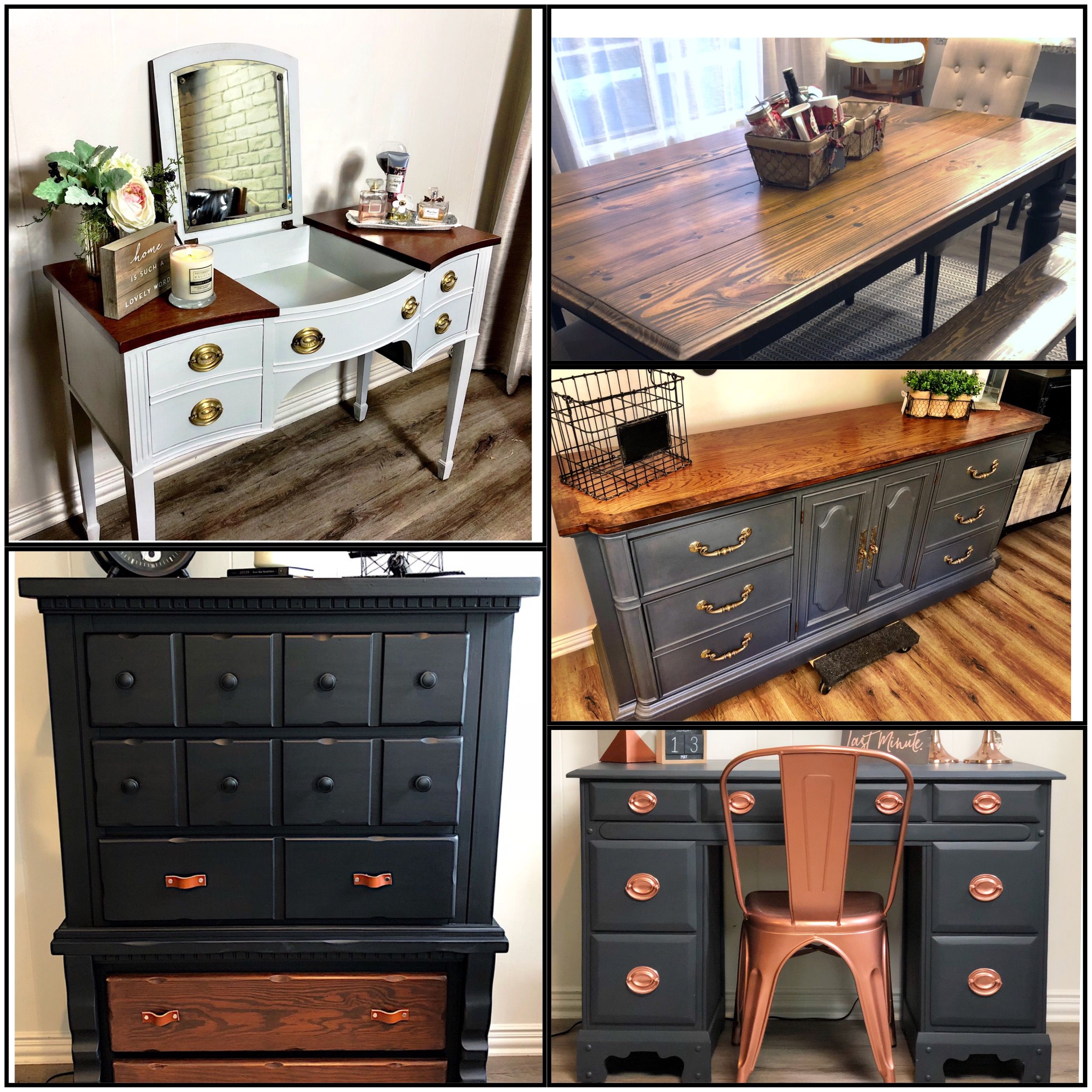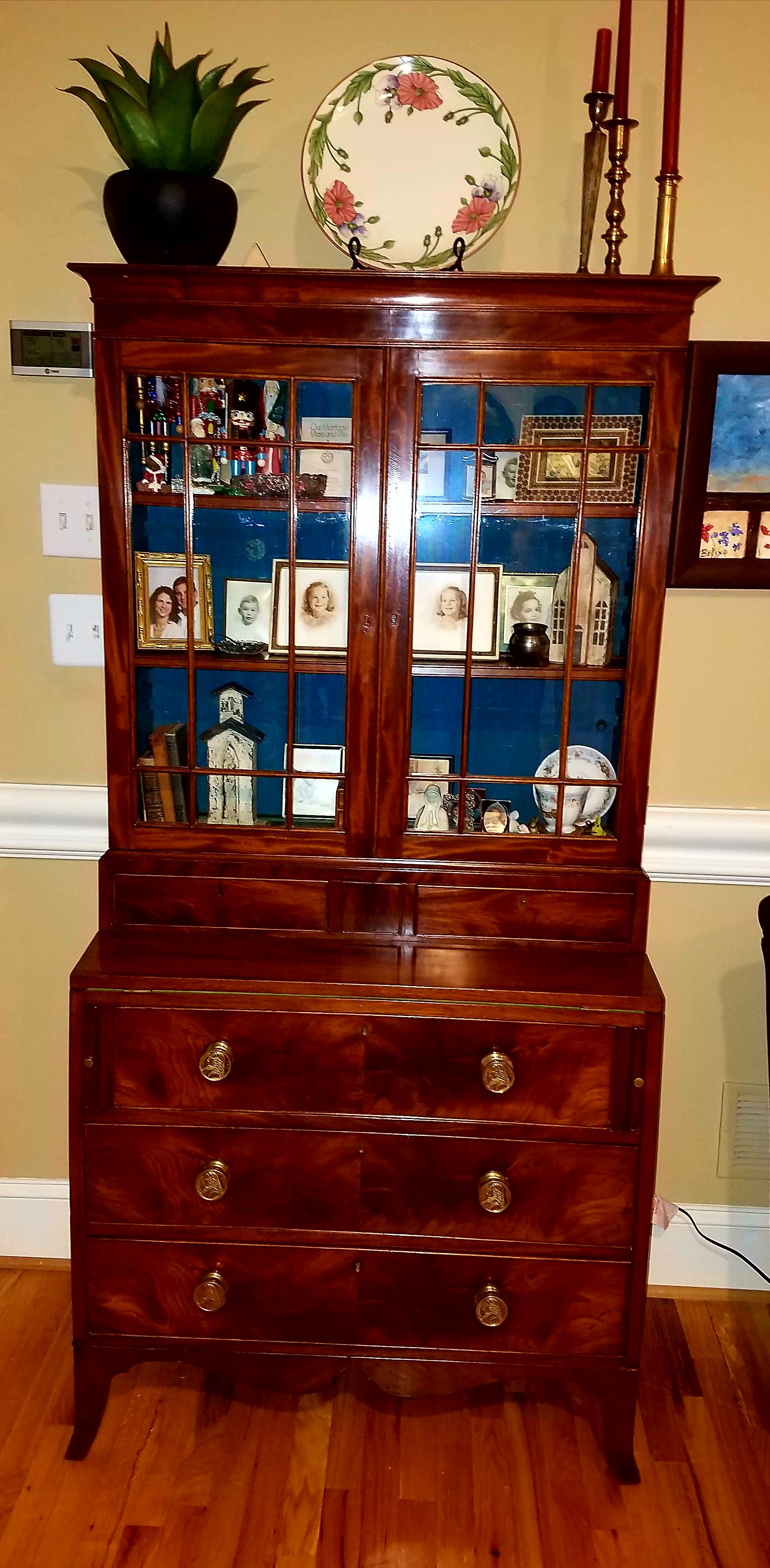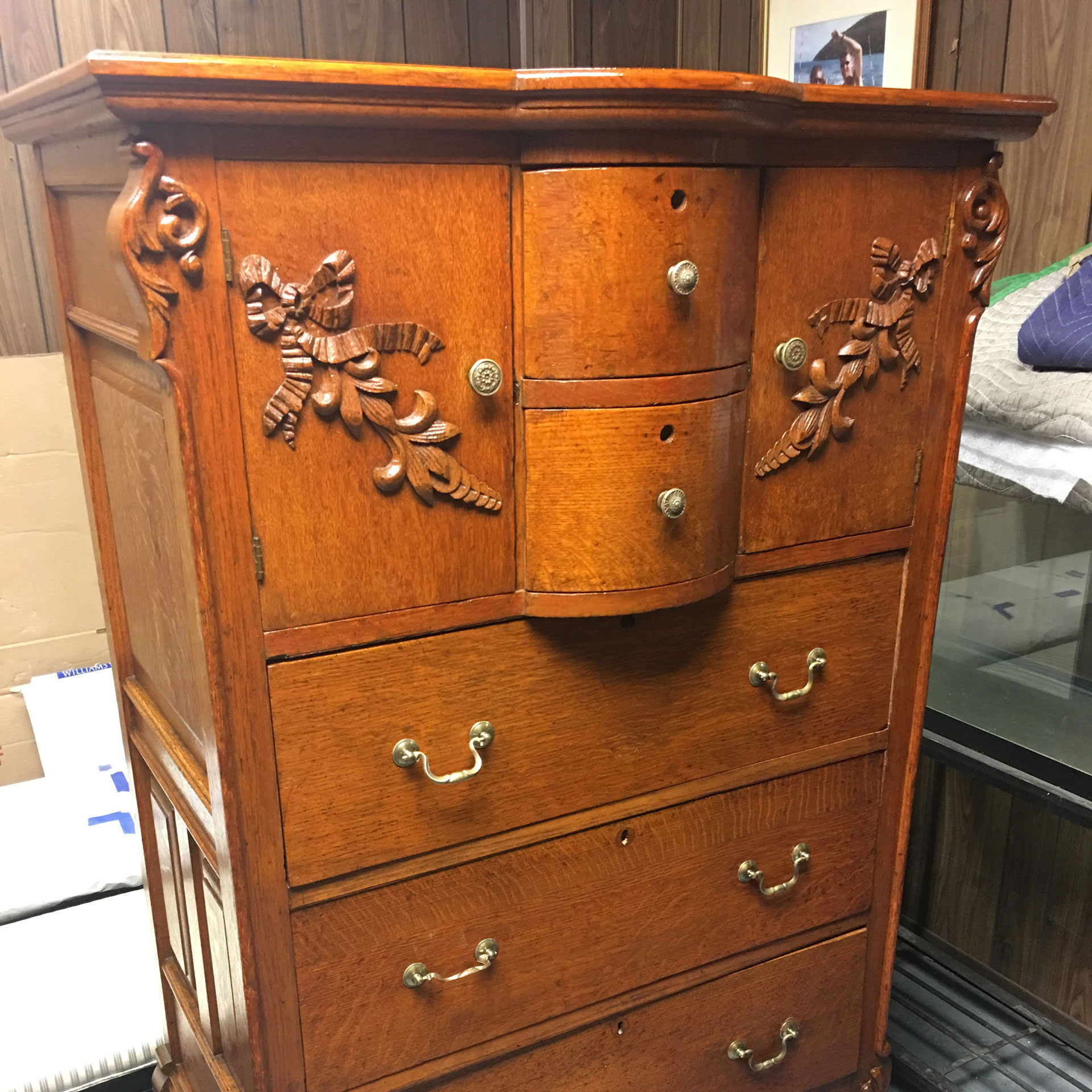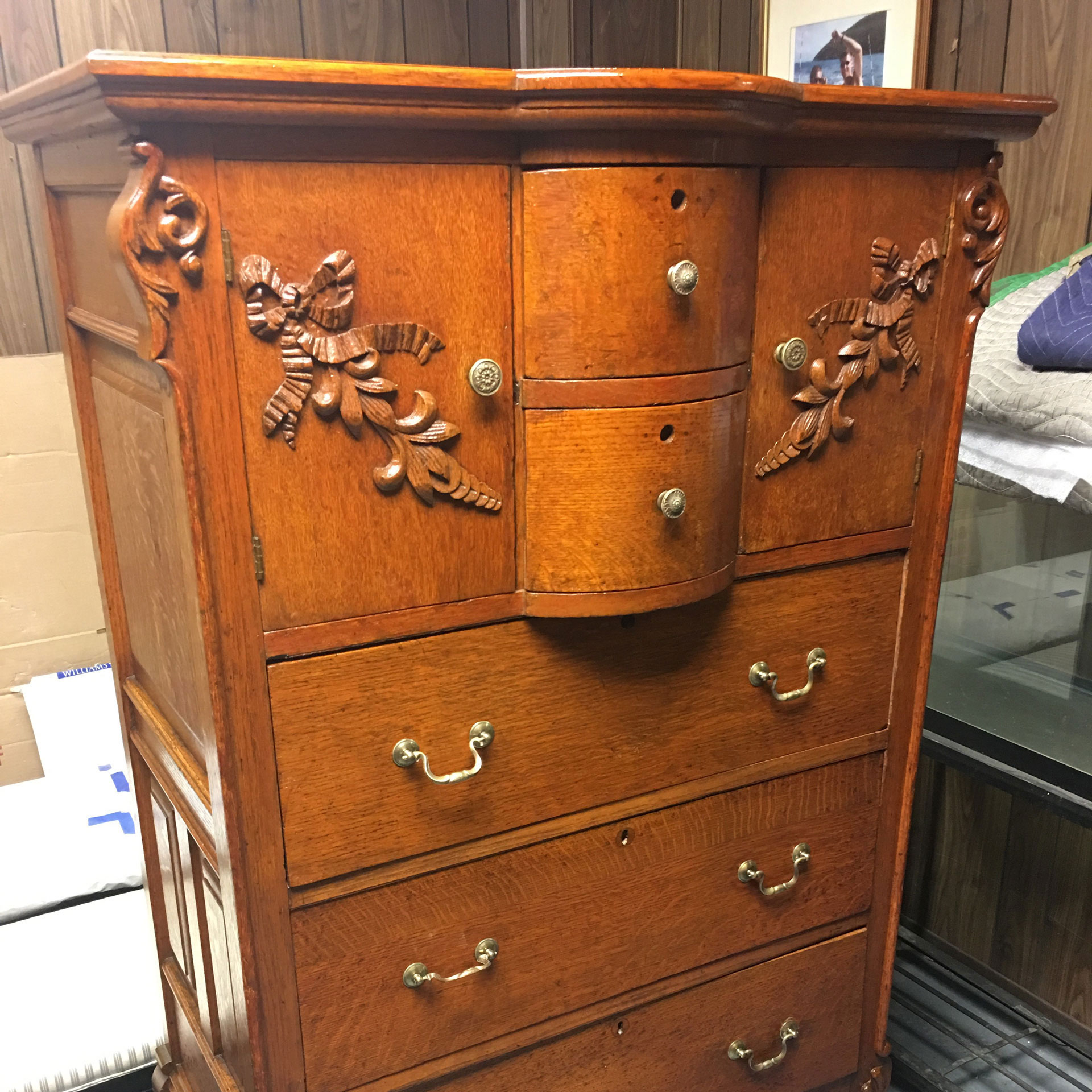
The beauty and charm of antique furniture make it a timeless classic and a great addition to any home. But, over time, these pieces can require some repair and restoration, and it is important to understand the best methods of restoring antique furniture. This article will cover some essential tips and tricks on how to restore antique furniture to bring its former glory back to life.
Knowing Your Antique Furniture

The first step to successful antique furniture restoration is to understand the type of furniture you are dealing with. Identify the piece, learn its age, and understand the condition it is in. Researching the origin and history of the piece is also important, as it can be used to determine the best approach to restoring it. This will help you decide what kind of restoration is necessary and how to go about it.
Cleaning and Repairing
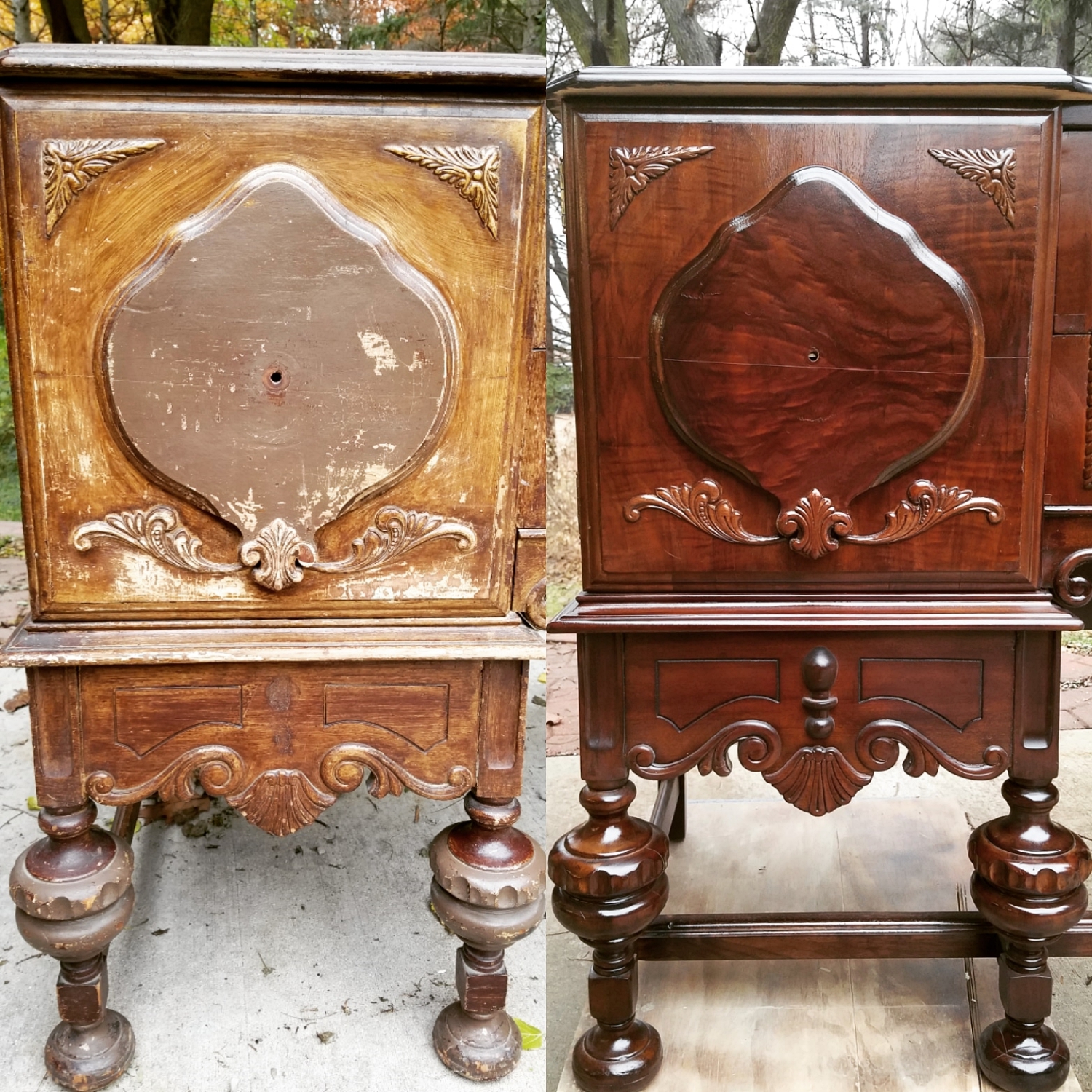
Once you have identified the furniture and have an understanding of its condition, the next step is to clean and repair it. Start by cleaning the piece with a mild soap and lukewarm water. You can then use a soft cloth to gently wipe away any dirt, dust, or debris. Be sure to pay special attention to any carved details or other delicate areas.
If the piece requires repairs, use a wood filler or wood glue to mend any cracks or breaks. Take extra care to ensure that the repair is done properly and that the piece is securely put back together. You should also consider replacing any missing pieces or hardware.
Stripping and Refinishing
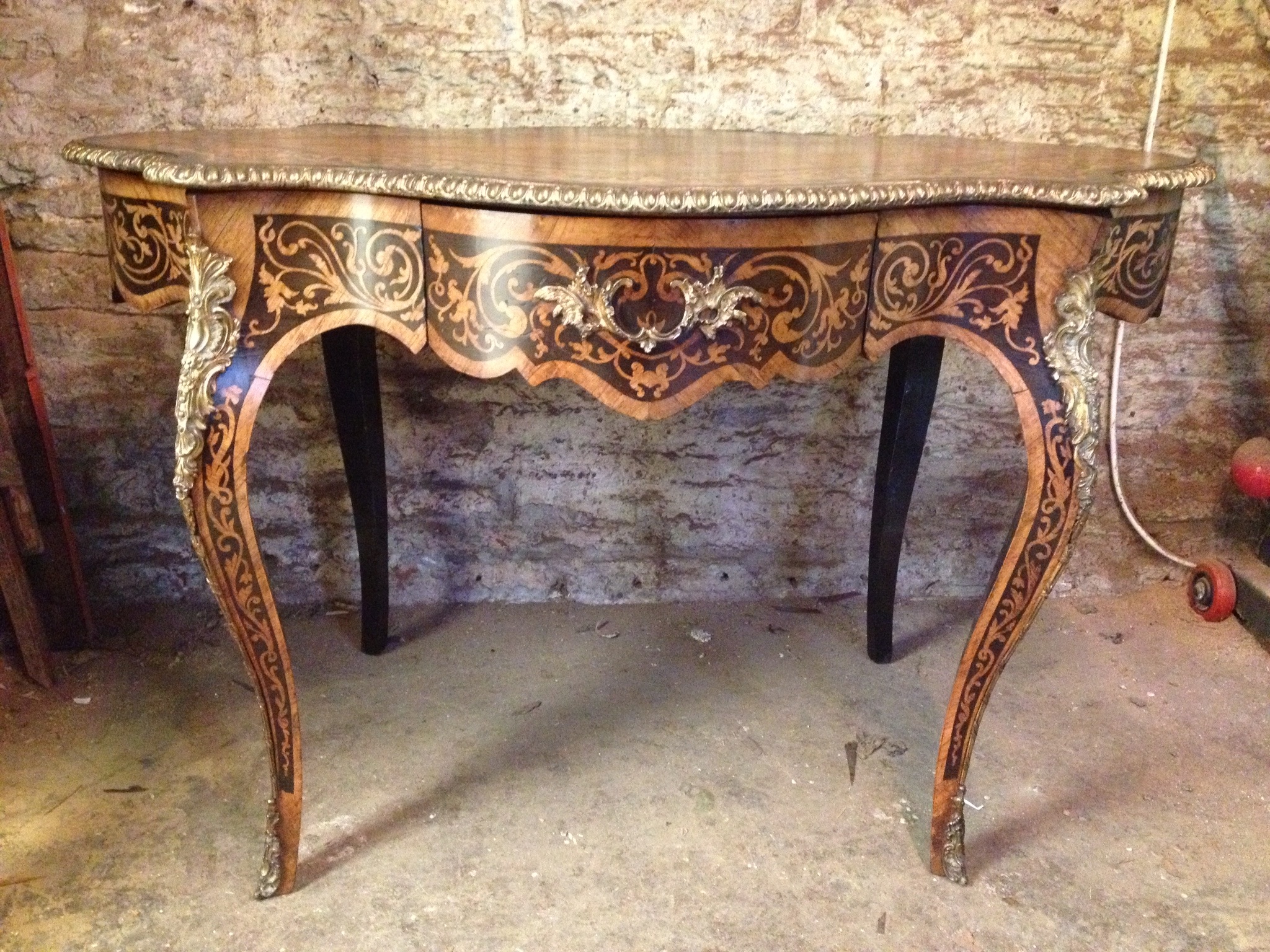
If your furniture requires stripping or refinishing, it is important to understand the type of finish you are dealing with. This will help you determine the best approach for stripping and refinishing the piece. For example, if the furniture has a shellac or lacquer finish, you should use a chemical stripper. If the finish is varnish, you can use a liquid stripper.
Once the finish is stripped, you can begin the refinishing process. If you want to keep the original look of the furniture, use a clear finish. If you want to give the piece a new look, you can apply a different type of finish. Be sure to use a well-ventilated area and wear protective gear throughout the refinishing process.
Preserving Antique Furniture
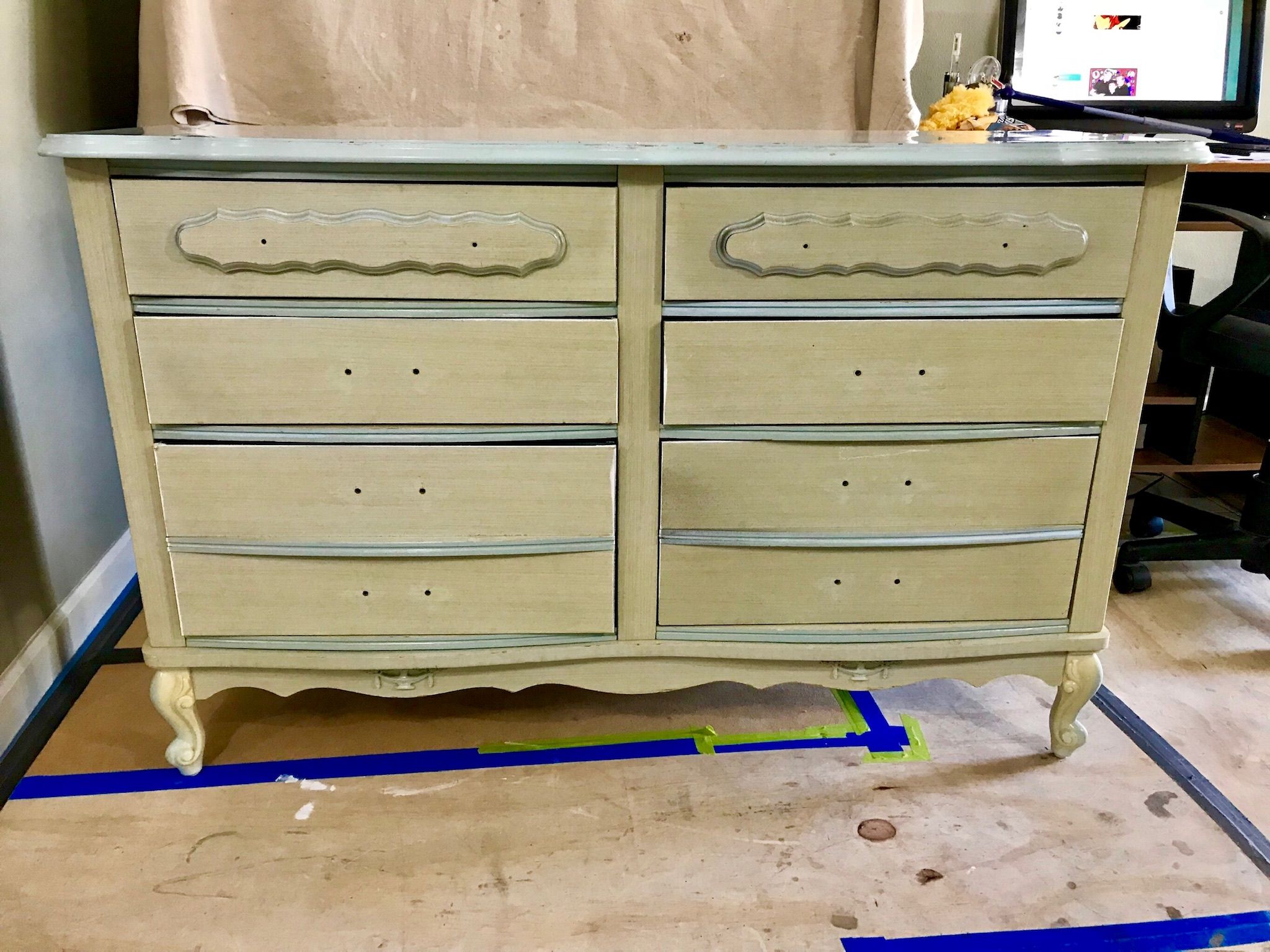
Once you have restored your antique furniture, the next step is to ensure that it stands the test of time. To preserve the piece, use a soft cloth to regularly dust and clean it. You should also use a wood cleaner and conditioner to keep the wood hydrated and prevent cracking. If you want to protect the finish, apply a coat of wax to protect it from dirt and dust.
Conclusion
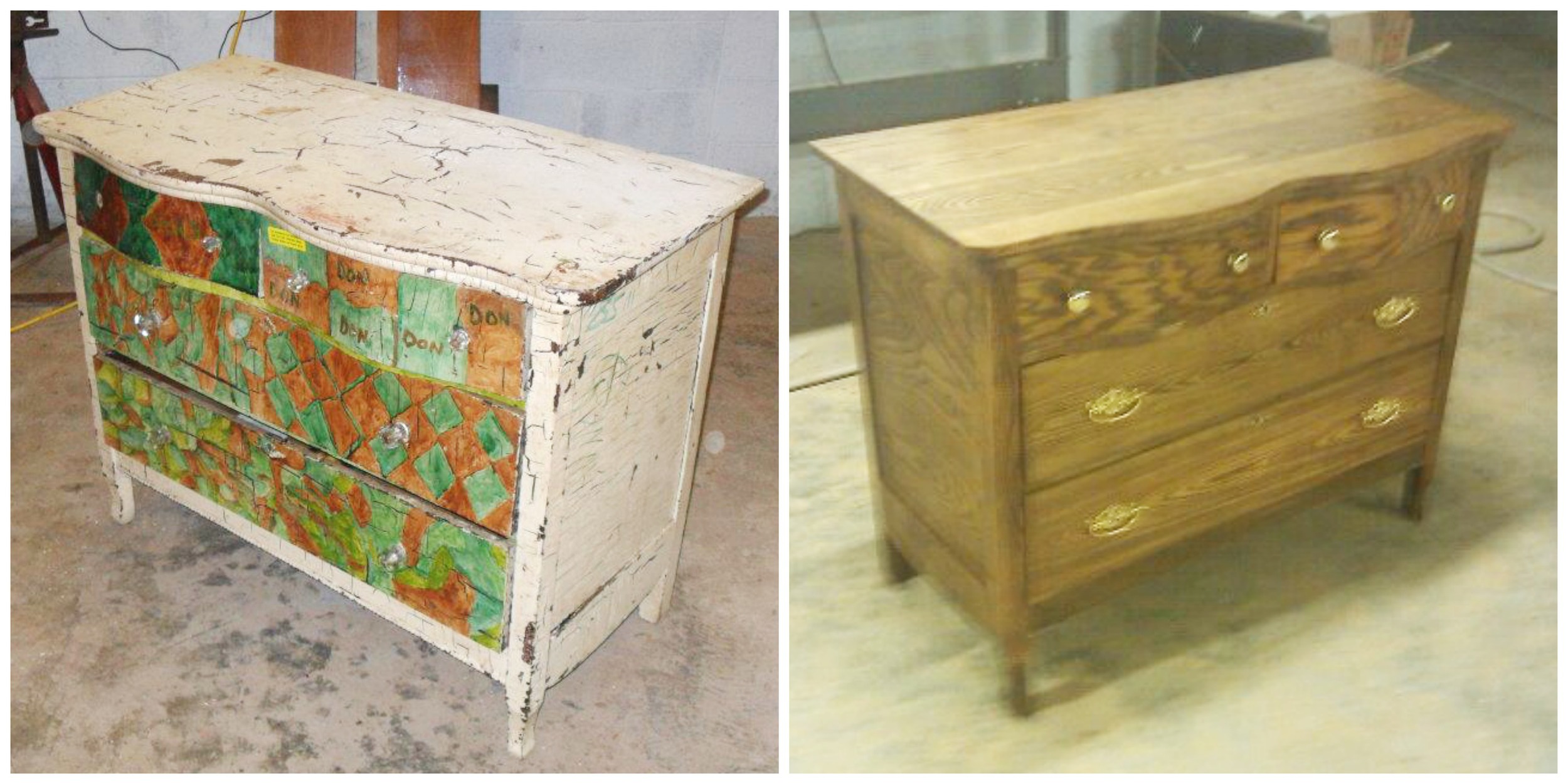
Restoring antique furniture can be a rewarding experience. With the right approach and knowledge, you can restore your antique furniture to its former glory. Start by understanding the piece, then clean and repair it. If needed, strip and refinish the furniture. Lastly, preserve the piece to keep it looking its best. With these tips, you can restore your antique furniture and enjoy it for years to come.
